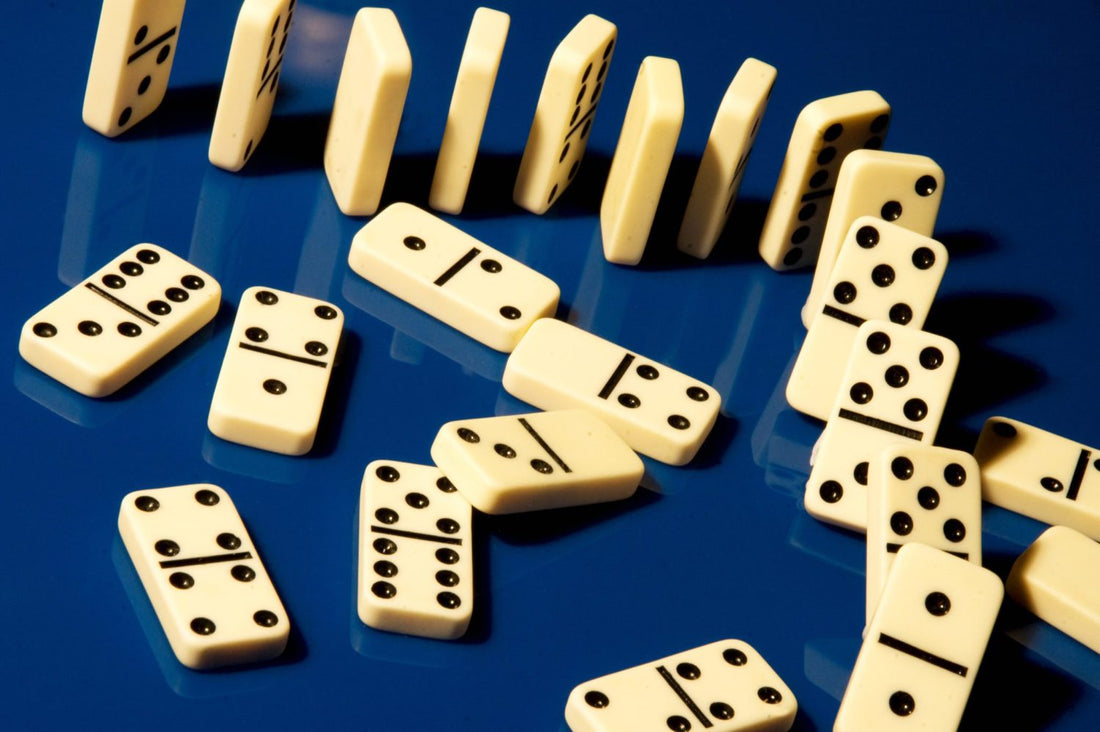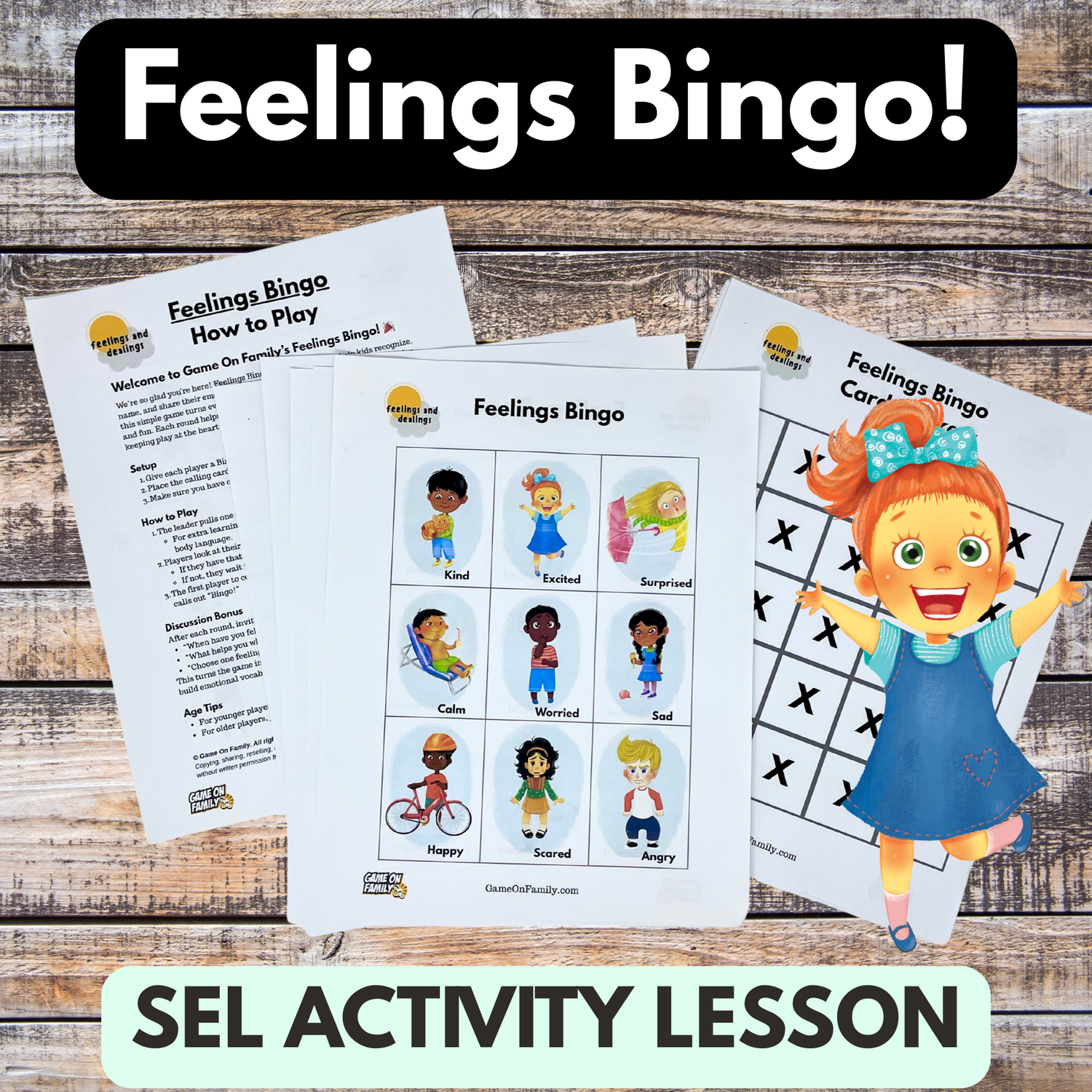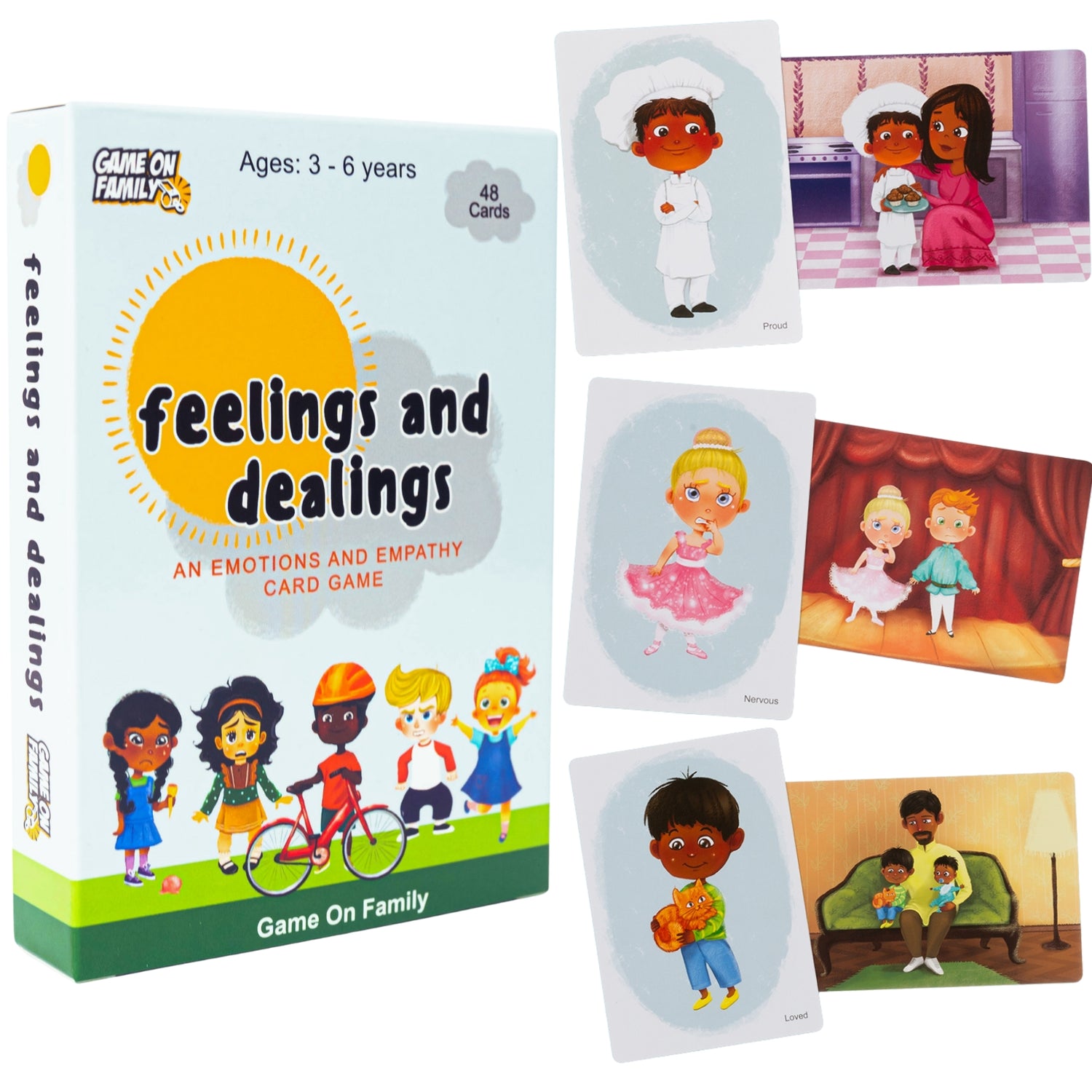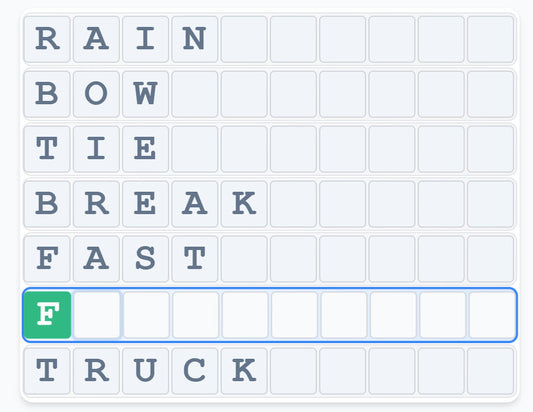
How to Play Dominoes
Share
How to Play Dominoes (Block, Draw, and Muggins Rules)
Dominoes is a timeless game with dozens of variations played worldwide. In the U.S., the three most common versions are:
- Block Dominoes – the simplest and best place for families to start.
- Draw Dominoes – very similar to Block, but players draw from the boneyard when stuck.
- Muggins (All Fives) – a popular scoring game where you earn points whenever the open ends add up to a multiple of 5.
In this guide, we’ll start with Block Dominoes, then show you how to level up to Draw and Muggins. Once you know these three, you’ll have a strong foundation for exploring other fun versions like Mexican Train, Chickenfoot, or solo play variations.
Objective
Play dominoes by matching tiles end-to-end. Be the first player to go out (play all your tiles), or score points from opponents’ leftover tiles. In Muggins, you also score during play whenever the ends add to a multiple of five.
Age Range
Ages 6 and up. Kids can play Block easily, while older kids, teens, and adults enjoy the strategy of Draw and Muggins.
Game Length
- Block / Draw: 5–10 minutes per hand; 20–30 minutes for a full game.
- Muggins: Usually longer — 30–45 minutes depending on scoring.
What You Need
- A double-six domino set (28 tiles). Larger sets (double-nine, double-twelve) allow more players.
- A flat surface for playing.
Why We Like It for Families
I can still remember the clack of shuffling dominoes face down and the satisfaction of slamming the perfect tile on the table. Dominoes is quick to learn, easy to teach across generations, and surprisingly strategic.
- Simple rules for beginners.
- Fast rounds to keep kids engaged.
- Portable and durable — just a small box of tiles.
- Scales well for 2–4 players (or more with larger sets).
Skills Built While Playing
- Number recognition — matching pips quickly.
- Math practice — counting points and multiples of five.
- Strategic foresight — saving tiles for the right moment.
- Observation — noticing what opponents can and can’t play.
- Patience — knowing when to hold and when to play.
How to Play Block Dominoes
Step 1: Gather 2–4 players and a set of dominoes
You’ll need a double-six set (28 tiles) for up to 4 players. Larger sets (double-nine, double-twelve) allow more players.
Step 2: Shuffle the dominoes
Place all tiles face down on the table and mix them well.
Step 3: Draw your hand
- 2 players: Draw 7 tiles each.
- 3–4 players: Draw 5 tiles each.
Keep them hidden from opponents.
Step 4: Place the first tile
The player with the highest double (e.g., [6‖6]) goes first. If no one has a double, reshuffle and draw again.
Step 5: Take turns matching ends
Going clockwise, each player adds one tile that matches an open end. For example, if the line ends in a [6], you must play a tile with a [6].
If you can’t play, you pass (no drawing in Block).
Step 6: Continue until round ends
- A player plays all their tiles (goes out), or
- No one can play (the game is “blocked”).
Step 7: Score the round
- If a player goes out: opponents add up their remaining pips; that total is the winner’s score.
- If blocked: each player totals their pips; lowest hand wins and scores the difference against each opponent.
Step 8: Play more rounds
Play until a player reaches the agreed winning score (often 100 points), or play a set number of rounds and declare the high score winner.
How to Play Draw Dominoes
Draw Dominoes is almost the same as Block, with one key twist: players draw extra tiles when stuck.
Differences from Block
- If you can’t play, you must draw tiles from the boneyard until you get one you can play.
- If the boneyard is empty and you still can’t play, then you pass.
Scoring & Winning
Same as Block: when a player goes out, they score the total of opponents’ pips. If blocked, lowest hand wins.
Draw is great once you’ve mastered Block because it keeps players active longer and reduces “dead turns.”
How to Play Muggins (All Fives)
Muggins is a scoring variant, popular in the U.S. and UK. It’s sometimes called All Fives because you score when the ends total to 5s.
Setup
- Each player draws 5–7 tiles (depending on group size).
- Highest double starts.
Gameplay
- Take turns matching ends as in Block/Draw.
- After each play, add up the total of all open ends.
- If the total is a multiple of 5 (5, 10, 15, 20, etc.), the player scores that many points immediately.
Round End & Scoring
- The hand ends when a player goes out or the board is blocked.
- Winner also scores points from opponents’ leftover tiles (like Block).
Muggins adds an exciting scoring twist — every play matters, and teens and adults alike enjoy the added strategy.
Block vs Draw vs Muggins: Quick Comparison
| Feature | Block Dominoes | Draw Dominoes | Muggins (All Fives) |
|---|---|---|---|
| # of Players | 2–4 with double-six | 2–4 with double-six | 2–4 (common in clubs/tournaments) |
| When stuck | Pass | Draw from boneyard until playable | Draw variant often used |
| Scoring during play | None | None | Yes — multiples of 5 on open ends |
| Round winner | First out or lowest hand | Same as Block | Same as Block + ongoing scoring |
| Best for | Beginners, families | Families ready for more activity | Teens & adults, competitive play |
Other Domino Variations
- Mexican Train: A social game where each player builds a personal train from a central hub.
- Chickenfoot: Branching gameplay with three-way doubles.
- Bergen, Matador, Cross Dominoes: Regional variants with unique scoring twists.
- Concentration Solitaire (Solo Play): Flip tiles face down and take turns turning over two at a time. If the pair totals 12, you keep them. Continue until no pairs remain. Great for practicing number skills or playing alone.
- Family Tournament Night: Run a bracket where winners face winners until you crown the ultimate domino champion. Perfect for large family gatherings or game nights.
Strategies
- Play doubles early — they can trap you if left late.
- Balance your hand — don’t get stuck with too many of one number.
- Control the ends — steer the game toward numbers you still hold.
- In Muggins: Look for setups where your play makes the ends add to 5, 10, or 15.
Example Round (Block)
- Player 1 starts with [6‖6].
- Player 2 plays [6‖4].
- Player 3 plays [4‖1].
- Player 4 passes (no 6s or 1s).
- Play continues until Player 2 empties their hand. Opponents’ leftover pips total 19 → Player 2 scores 19.
Frequently Asked Questions About Dominoes
Basics of Dominoes
How do you play a game of dominoes?
In Block, match ends and be first to go out. In Draw, draw tiles if stuck. In Muggins, score whenever open ends total a multiple of 5.
What are the basic rules of dominoes?
Play one tile per turn, matching an open end. Pass if you can’t play (Block), draw if you can’t play (Draw), or score multiples of 5 (Muggins).
What are legal moves in dominoes?
Any tile that matches an open end. Doubles are usually placed crosswise.
What is the simplest domino game?
Block Dominoes — the entry-level version most families start with.
What is the most commonly played domino game?
In homes: Block and Draw. In clubs: Muggins (All Fives).
Players and Setup
How many dominoes for 2 players?
In Block/Draw with a double-six set: 7 tiles each.
How do you play dominoes with two players?
Each draws 7, takes turns matching ends, and passes/draws when stuck. Same rules as with more players, but easier to track your opponent’s hand.
How many dominoes do you start with each?
With double-six:
- 2 players = 7
- 3–4 players = 5
What happens if everyone knocks in dominoes?
The game is “blocked.” In Block, lowest hand wins. In Draw, play continues until boneyard empties, then lowest hand wins.
Do you pick up if you can’t go in dominoes?
In Block, no — you pass. In Draw, yes — you draw until you can play (or boneyard runs out).
Scoring and Strategy
How does scoring work in dominoes?
- Block/Draw: Winner scores opponents’ leftover pips.
- Muggins: Same as Block + ongoing multiples of five during play.
How to score in dominoes?
Count pips left in opponents’ hands, add to winner’s score. In Muggins, add in multiples-of-5 points earned.
What is the trick to playing dominoes?
Control the ends, play doubles early, and pay attention to what numbers opponents lack. In Muggins, plan moves that create multiples of 5.
Tiles and Sets
What is a dot on a domino called?
A pip.
How many dominoes in a set?
- Double-six set: 28 tiles.
- Double-nine set: 55 tiles.
- Double-twelve set: 91 tiles.
How many tiles and dots are there in a domino set?
In a double-six: 28 tiles, 168 pips total. Larger sets scale up.
History of Dominoes
Who first invented dominoes?
Dominoes trace back to China in the 12th century.
Where did dominoes originate before coming West?
They spread from China to Europe in the 18th century, and by the 19th century were popular in England, where many modern block-style rules were standardized.
What is the history behind dominoes?
Dominoes were used for strategy and storytelling in China, then became a parlor game in Europe, spawning modern versions like Block, Draw, and Muggins.
What is it called when you knock down dominoes?
That’s the domino effect — lining up and toppling tiles for fun.
Skills & Strengths Tie-In
Dominoes builds more than memories:
- Math practice — adding totals, especially multiples of five in Muggins.
- Strategic foresight — saving tiles for the right moment.
- Social play — accessible across ages and cultures.
It’s no wonder dominoes has been loved for generations — a simple set of tiles creates endless ways to play.







